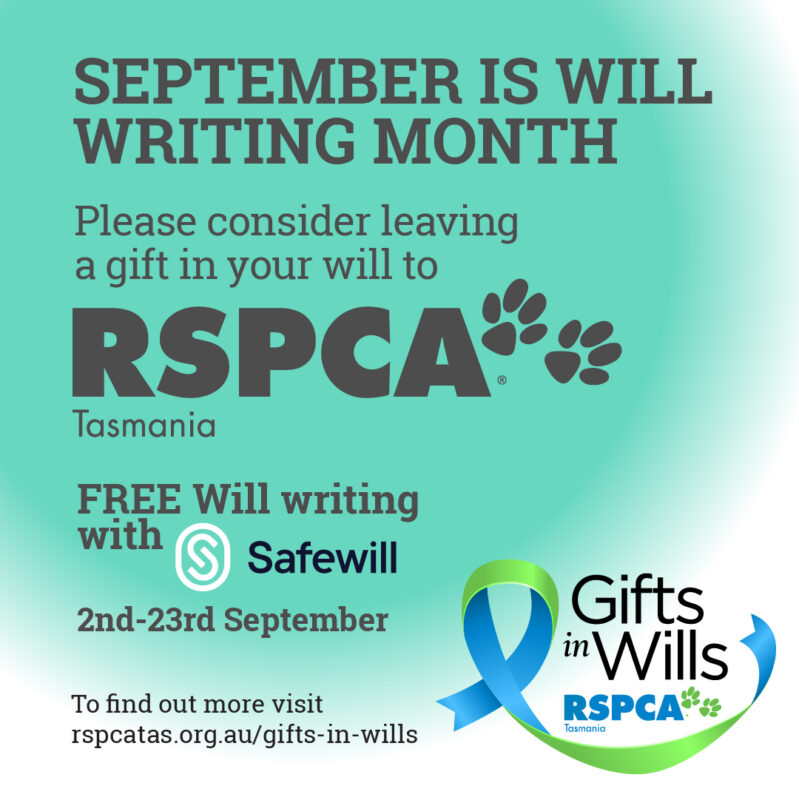People have long been fascinated by fireworks.
However, while the bright colours, flashing lights and snap, crackle and pops may be entertaining for humans, they result in huge fear, distress and fatal injuries for all kinds of animals.
It’s not just animals at risk – fireworks can also have serious impacts on people who suffer from a range of medical conditions including epilepsy, fireworks phobias, and noise aversion issues.
Every year, the RSPCA receives calls about the terrible effect fireworks have on animals – not just dogs and cats, but other pets, livestock, and wildlife. These poor animals don’t understand what is causing the loud bangs and bright flashes.
We see heartbreaking videos and images of animals struggling to cope during fireworks and the stress it causes them.
Many pets go missing as they try to escape loud noises and bright lights. It’s not uncommon for dogs and cats to break through windows and screen doors or dig under fences in a panic. They end up lost or hit by cars. There are frequent reports of horses harming themselves by crashing into stable doors and over fences.
And that’s why the RSPCA wants to see fireworks regulations strengthened to protect our pets, wildlife, and farm animals.
Once again, Tasmania is lagging behind other jurisdictions.
The sale of fireworks to the public is illegal in every Australian jurisdiction except Tasmania and the Northern Territory. Most states banned the practice in the 1980s.
In Tasmania, members of the public must submit an application at least 21 days in advance of the intended fireworks display and give at least seven days’ notice to police and fire services, landowners and managers of the site, and any neighbours within 1km. The permit carries heavy restrictions on time, length, amount, supervision and responsibility. It also stipulates minimum distances from spectators and particular buildings like schools and churches.
In 2016, the government introduced changes to the rules relating to the use of fireworks. These changes included restricting the use of Type 2 fireworks to one night a year and limiting the displays to a maximum of 30 minutes between the hours of 6 pm and 10 pm. Improved notification requirements were also introduced so that members of the public are better informed about nearby displays.
However, these restrictions are not well policed, and do little to prevent distress and harm to animals.
Last year, the government announced a review of the framework for the use of fireworks in Tasmania. However, the only relevant changes were to extend display times from 30 minutes to 45 minutes in duration and limit the times for events to 7pm and 7:45pm, or 7:45pm and 8:30pm.
That will do nothing to lessen the distressing impact these events have on ‘all creatures great and small’.
The RSPCA believes it is long past time for the government to consider the devastating impact of fireworks on animals, and introduce further restrictions on their use and sale in a bid to lessen the harm they suffer.
To continue to do nothing will be bang out of order.
MEDIA CONTACT
Jan Davis, CEO – RSPCA Tasmania
Mobile: 0409 004 228
Email: jdavis@rspcatas.org.au
























